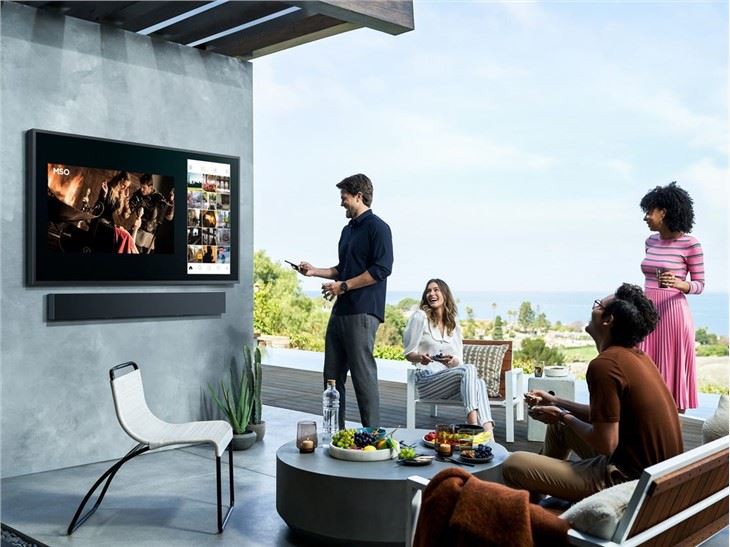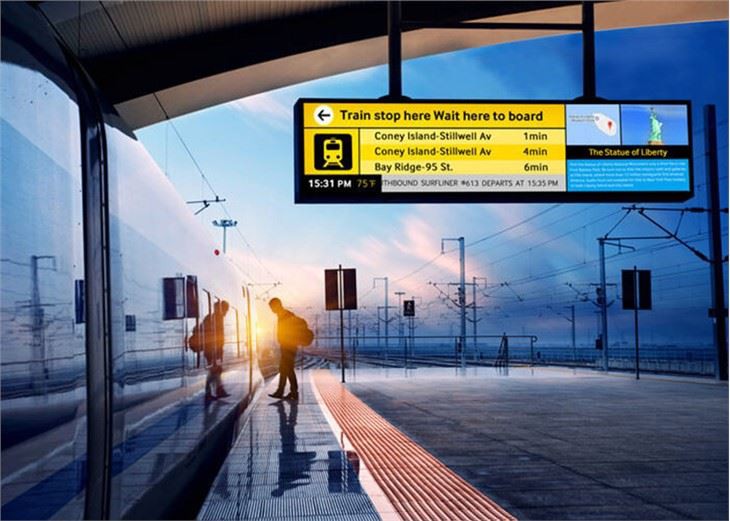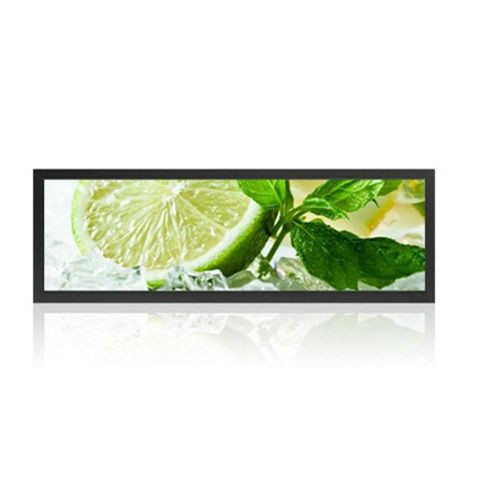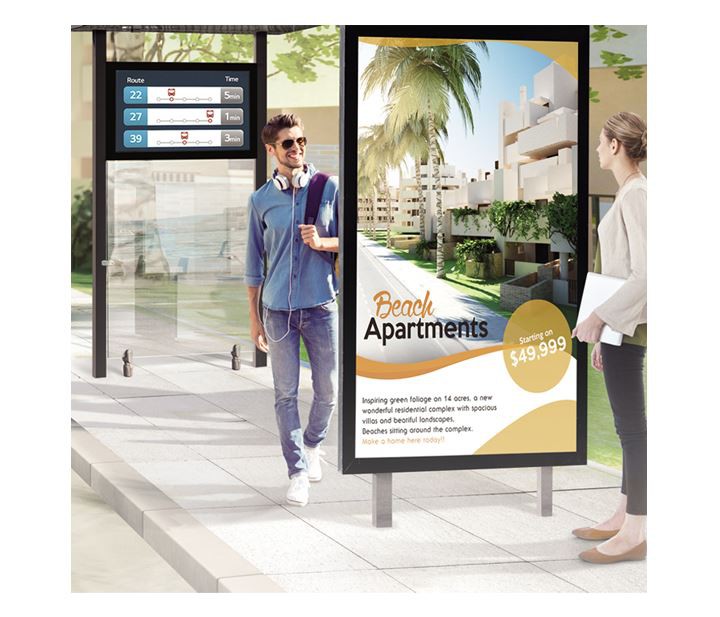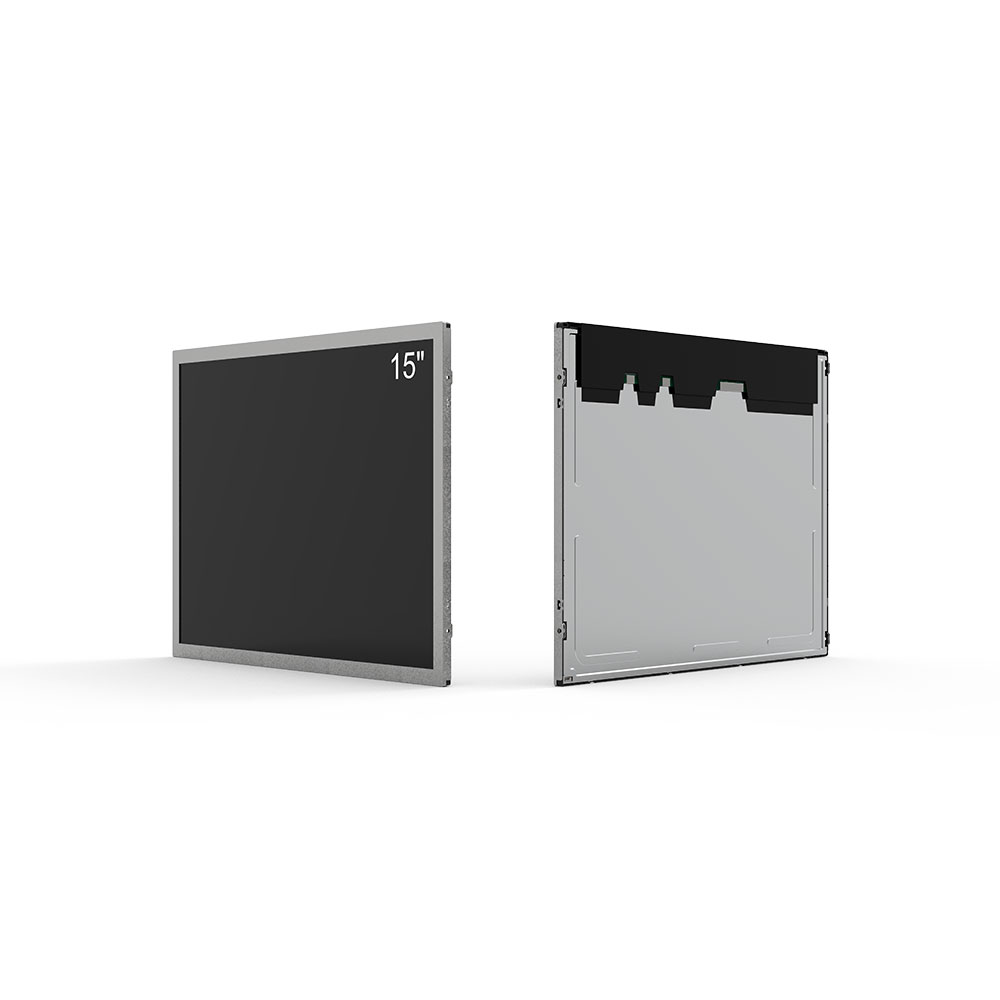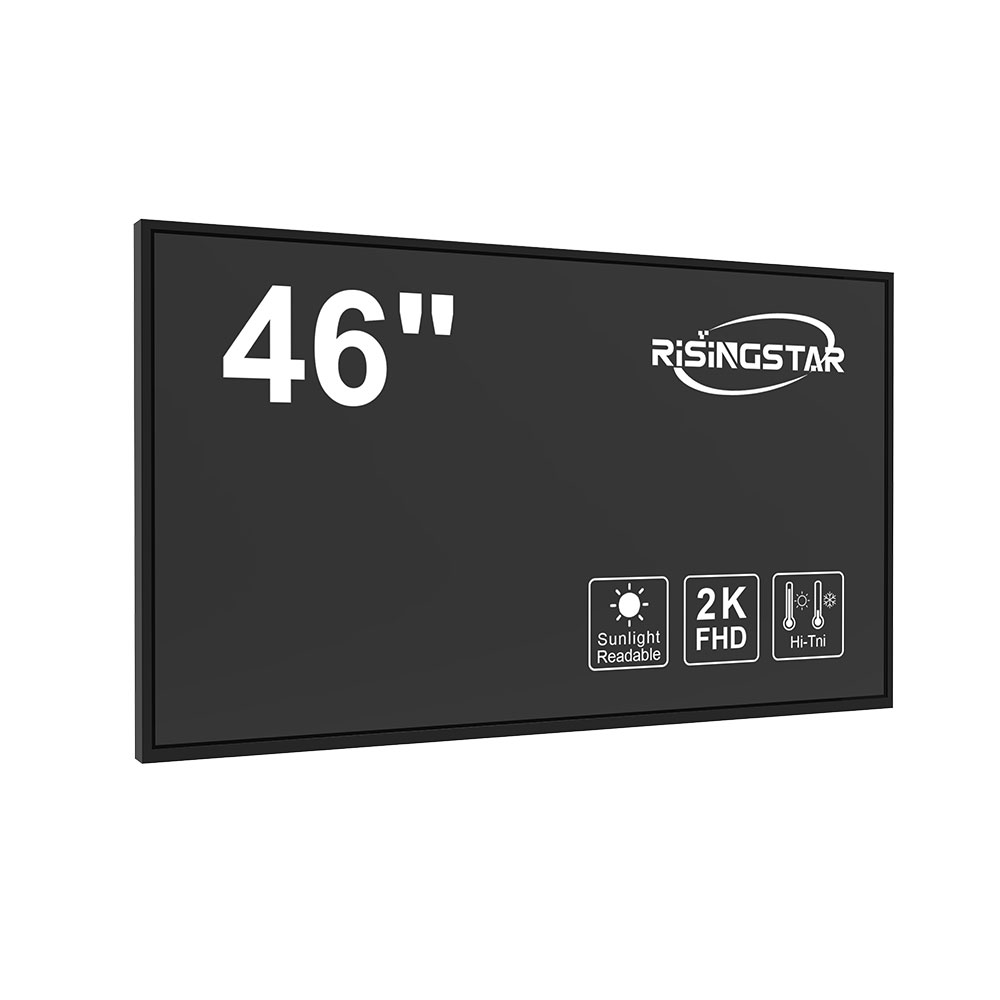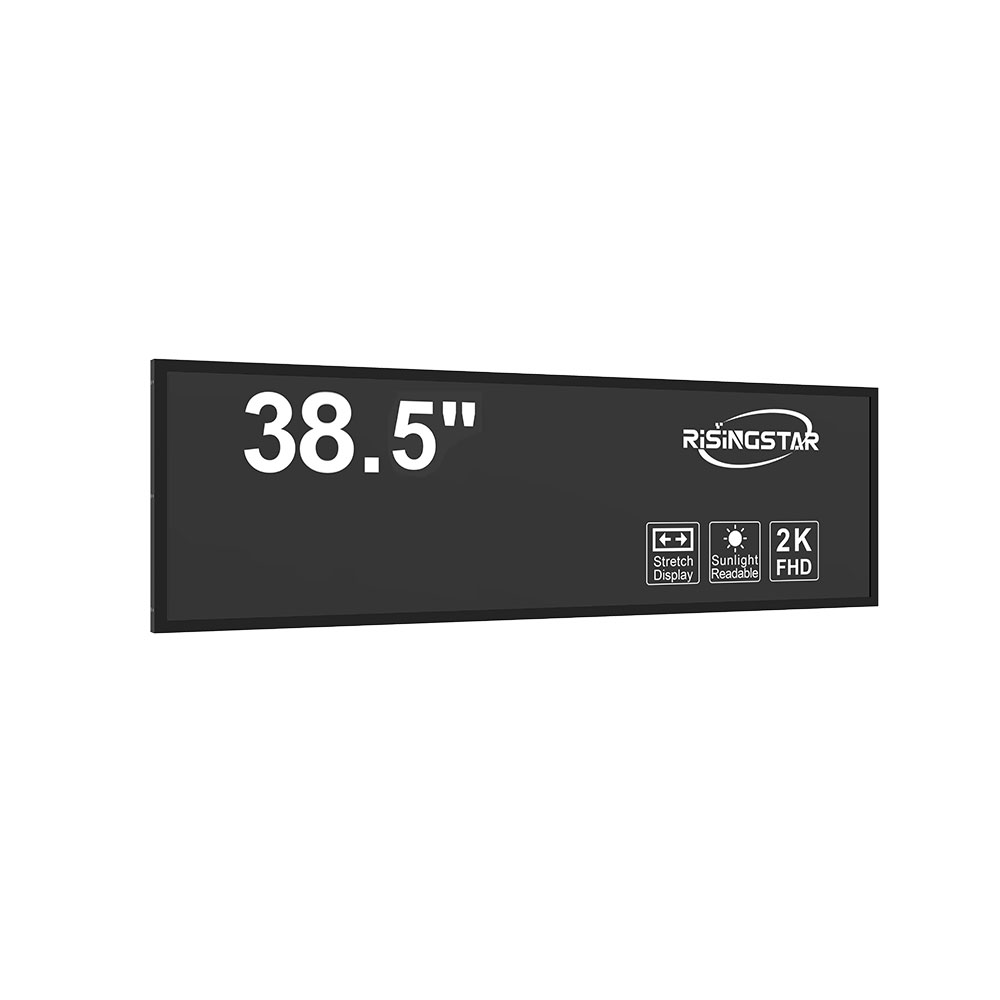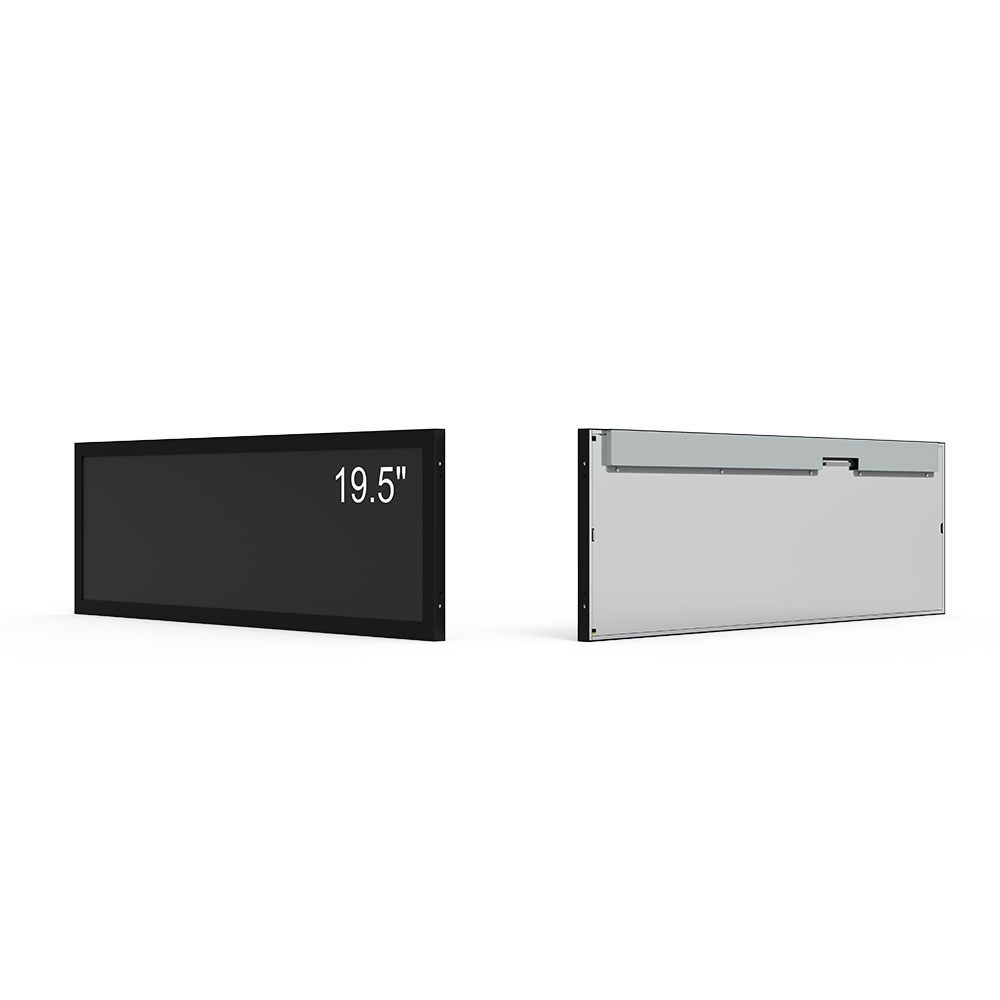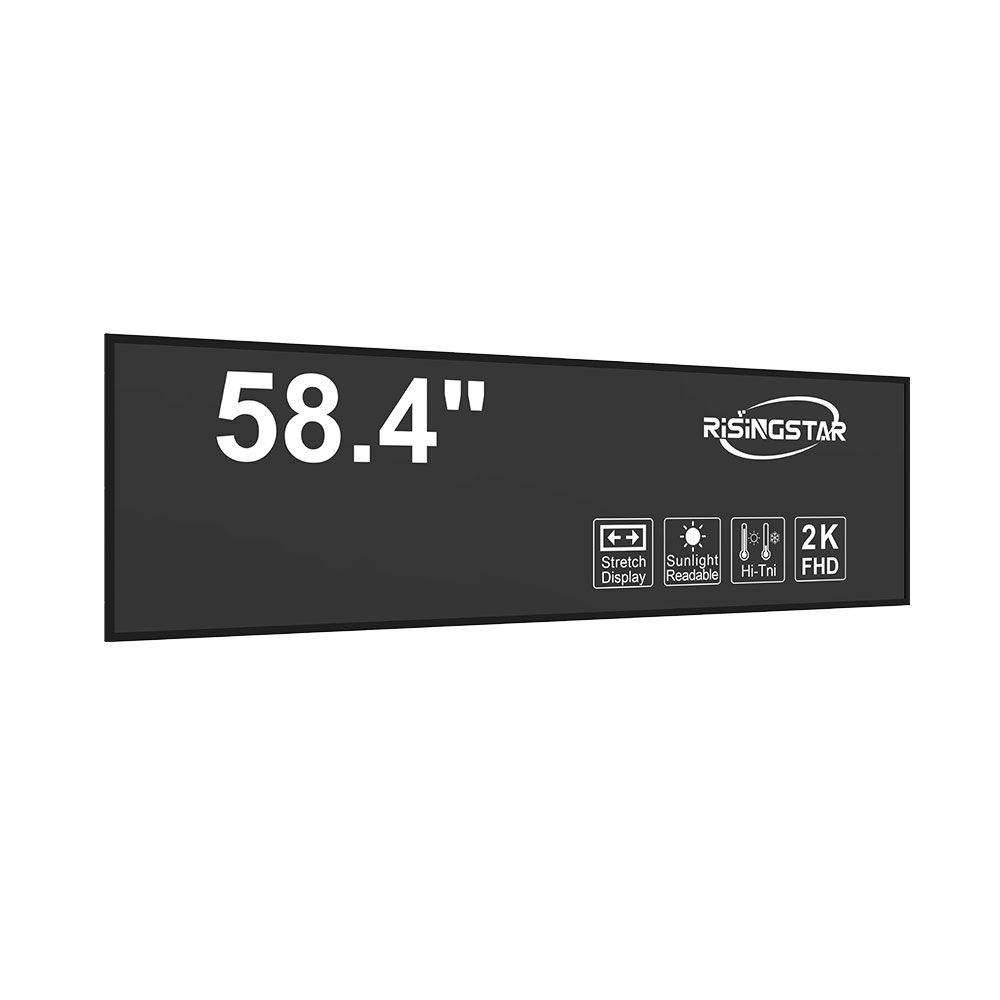V moderní dopravní infrastrukturě jsou displeje informací o cestujících (PID) nezbytné pro aktualizaci jízdních řádů, zpoždění, bezpečnostních upozornění a změn služeb v reálném čase. Tyto systémy musí fungovat spolehlivě v různých venkovních prostředích - od rušných městských dopravních uzlů až po vzdálené železniční stanice - což činí výběr technologie zobrazení kritickým. Venkovní LCD obrazovky s vysokým jasem, zejména ty s poměrem stran 16:9, se staly průmyslovým standardem díky své jasnosti, energetické účinnosti a přizpůsobitelnosti v různých velikostech obrazovky včetně 10,1 " 13,3 palců 15,6 palců 18,5 palců 21,5 palců 23,8 palců 27 palců , 32 palců , 43 palců 46 palců 49 palců , 55 palců 65 palců 75 palců 86 palců , 98 palců a dokonce 110" modelů.
Podle standardů IEEE pro venkovní signály (IEEE 1626) jsou pro optimální viditelnost při přímém slunečním světle požadovány úrovně světelnosti nad 5000 cd/m², což je kritérium, které většina moderních průmyslových LCD displejů splňuje nebo překračuje. Například řada Samsung XDR a řada LG OLED Outdoor nabízejí maximální jas až 7000 cd/m², což zajišťuje čitelnost v extrémních povětrnostních podmínkách, jako je záblesk sněhu nebo pouštní teplo. Formát 16:9 je v souladu se standardy videa HD a UHD, což umožňuje bezproblémovou integraci multimediálního obsahu, jako jsou živé kanály, mapy a dynamická oznámení.
Výběr velikosti obrazovky závisí na místě montáže a vzdálenosti prohlížení. Menší displeje (10,1" až 21,5") jsou ideální pro kiosky, pulty nebo systémy namontované do vozidel, kde je prostor omezen, ale jasnost je klíčová. Větší formáty (27-55) dominují na vlakových nástupištích, autobusových terminálech a letištních halách, což umožňuje komunikaci v masovém měřítku. Například nedávné zahájení PID londýnského metra používalo 55 palců. panely s ultra vysokým jasem s dotykovými rozhraními, které zkracují dobu nástupu na palubu o 18 % díky lepší interakci uživatelů, podle případových studií Transport for London (2023).
Environmentální odolnost je dalším klíčovým faktorem. Kryty s ratingem IP65 zabraňují vniknutí prachu a vody, zatímco široké teplotní rozsahy (-30 ° C až +60 ° C) zajišťují provozní dobu v arktických zimách a tropických létech. Navíc LED podsvícené panely snižují spotřebu energie až o 40 % ve srovnání s alternativami CCFL, což je v souladu s globálními cíli udržitelnosti, jako je Zelená dohoda EU.
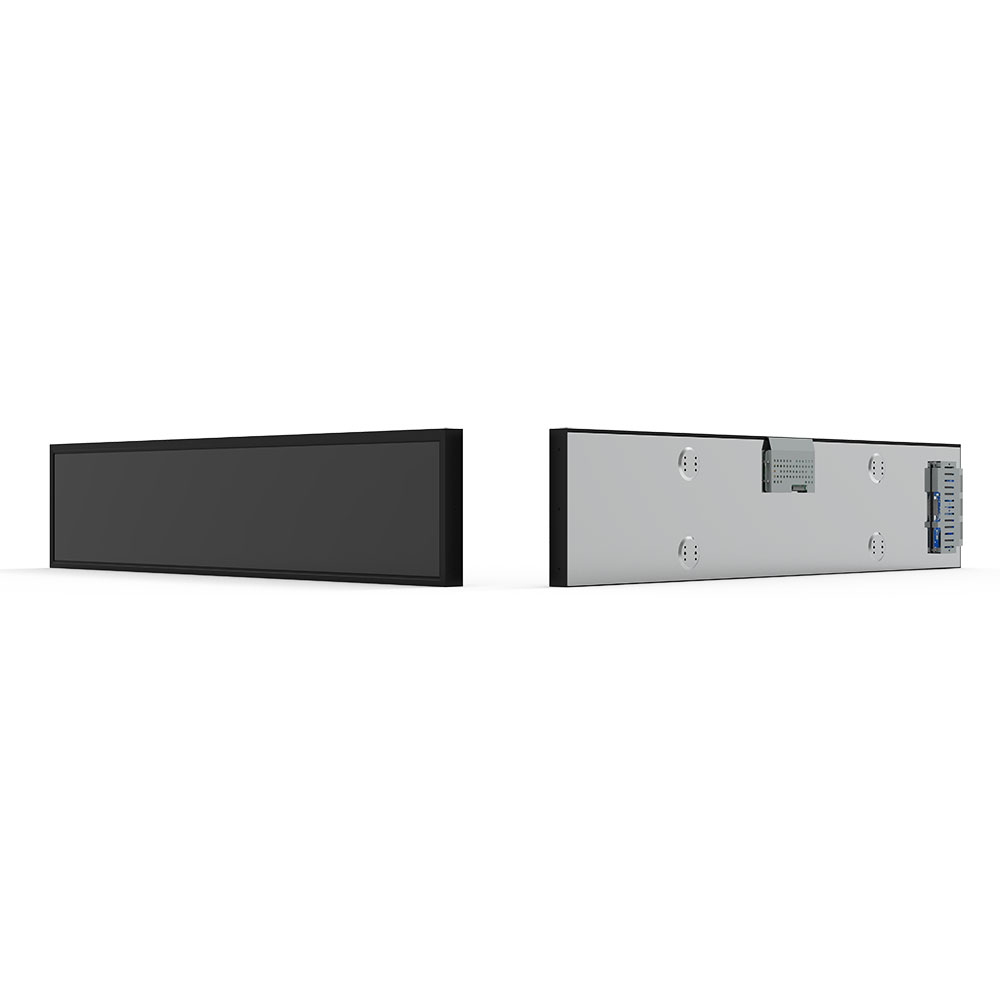
Z technického hlediska využívají moderní PID vestavěné ovladače založené na Linuxu nebo Androidu pro vzdálenou správu prostřednictvím cloudových platforem, jako je AWS IoT Core nebo Azure IoT Hub. To umožňuje operátorům dynamicky aktualizovat obsah, sledovat metriky výkonu a provádět prediktivní údržbu pomocí analytiky založené na umělé inteligenci.
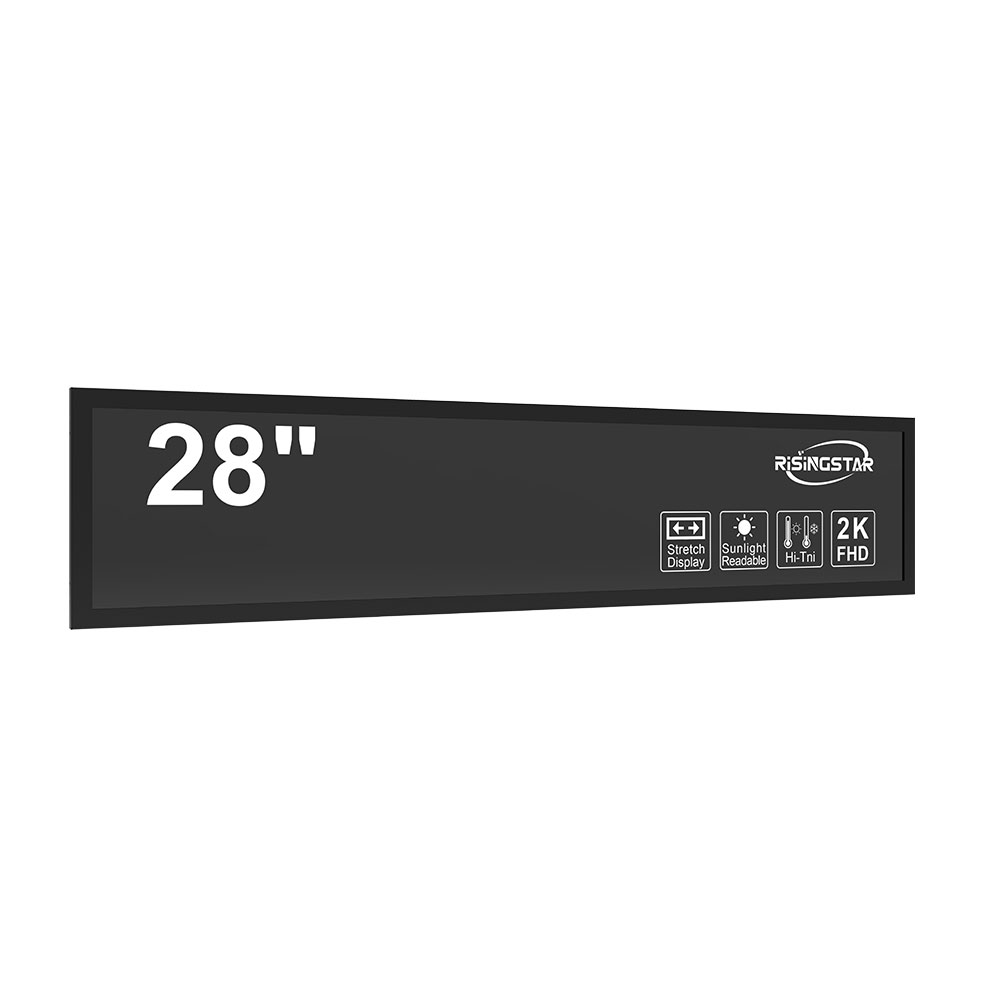
Výběr správného venkovního LCD pro PID nakonec zahrnuje vyvážení jasu, velikosti, trvanlivosti a konektivity, což zajišťuje, že cestující obdrží přesné, včasné a přístupné informace bez ohledu na polohu nebo klima.




